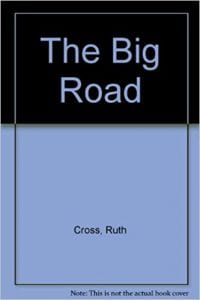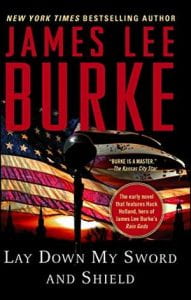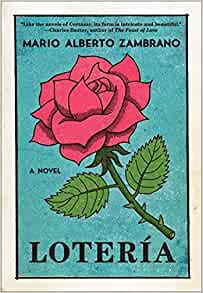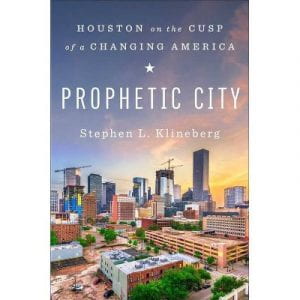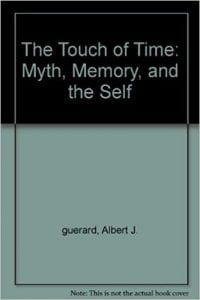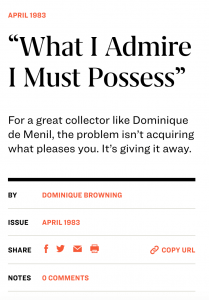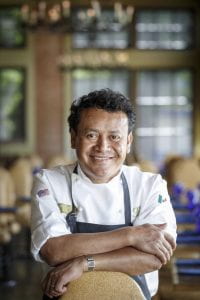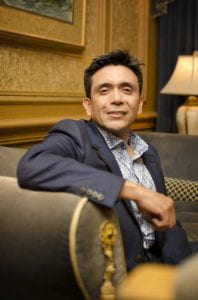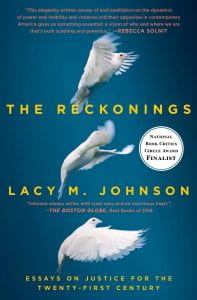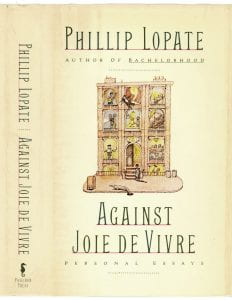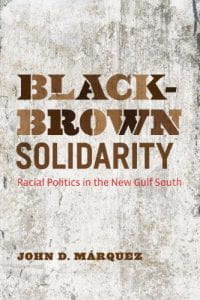Compiled by Jacob Tate (Rice, ’22)
Fictional Works
Cross, Ruth. The Big Road. Longmans, 1931.
The Big Road is a “sharecropper novel” that follows its main character, David Strawn, the son of a brutal cotton farmer, as David struggles with his dream of a musical career. Ruth Cross, born in East Texas in 1887, draws on her experiences to create the towns of Laws Chapel and the Big Road, dramatizing the difficult conditions and lives of poor, Texas farmers. (Paraphrased from Sonnichsen, C.L., “The Sharecropper Novel in the Southwest,” Agricultural History, vol. 43, no. 2, 1969, pp. 249-258).
Purchase here.
da Cruz, Daniel. The Ayes of Texas. Del Rey, 1985.
Da Cruz writes this speculative novel about the restoration of Greater Houston's Battleship Texas Museum just as the Soviet Union invades the US. Texas secedes from the Union and attacks the enemy forces with the newly restored battleship. (Paraphrased from Amazon and Houston Press)
Purchase here.
Burke, James Lee. Lay Down My Sword and Shield. Crowell, 1971.
Set during the 1960s’ Civil Rights Movement, Burke dramatizes the political tensions within a Texas border town. Following the main character, Hackberry Holland, a “hard-drinking ex-POW attorney,” as he runs a “half-hearted campaign for a Texas congressional seat. But when his efforts to help an old war buddy culminate in his unwitting involvement in a civil rights conflict, Hack finds himself rebuilding his life” and a new purpose. (Editorial Reviews and Back Cover)
Purchase here.
Zambrano, Mario Alberto. Lotería: A Novel. Harper Perennial, 2014.
In this novel, “a young girl tells the story of her family’s tragic demise using a deck of cards of the eponymous Latin American game of chance.” The plot follows “eleven-year-old Luz Castillo [who] has been taken into the custody of the state. Alone in her room, she retreats behind a wall of silence, writing in her journal and shuffling through a deck of lotería cards. Each of the cards’ colorful images—mermaids, bottles, spiders, death, and stars—sparks a random memory…Pieced together, these snapshots bring into focus the joy and pain of the young girl’s life, and the events that led to her present situation. But just as the story becomes clear, a breathtaking twist changes everything.” (Author Website).
Non-Fictional Works
Klineberg, Stephen L. Prophetic City: Houston on the Cusp of a Changing America. Simon & Schuster, 2020.
Sociologist Stephen Klineberg presents fascinating and groundbreaking research that shows how the city of Houston has emerged as a microcosm for America’s future—based on an unprecedented thirty-eight-year study of its changing economic, demographic, and cultural landscapes. Houston is at the center of the rapid changes that have redefined the nature of American society itself in the new century. Houston is where, for better or worse, we can see the American future emerging. (Amazon).
Guerard, Albert J. The View from the Persimmon Tree: Houston 1924 – 1972. Stanford Alumni Association, 1980.
This excerpt from Guerard’s memoir The Touch of Time: Myth, Memory, and the Self details his return to his childhood home of Houston after a 48 year absence. Guerard poetically remarks upon the minor changes to the status of various hotels and the overall lack of changes to Houston as a location and a concept. Eventually, Guerard returns to the street of his childhood home that has, by his account, changed dramatically and he meditates both on his personal nostalgia and the evolution of Houston as a city.
Browning, Dominique. “What I Admire, I Must Possess.” Texas Monthly, 1983.
This newspaper piece follows legendary Houstonian Dominique de Menil as she cultivates her collection of art and circle of artists. Four years prior to the opening of her free Houston modern art museum, Mrs. de Menil details her approach to amassing art (hence the title) and surrounding herself with the best minds of the times (including other Houston legends like Mickey Leland and Phiiip Johnson). This article chronicles the mark a single individual can make on the artistic infrastructure of a city.
Walsh, Robb. Guess Who’s Cooking Your Dinner? Unknown.
This piece tells the story of Hugo Ortega, who went from homeless and undocumented to being one of Houston’s most famous restauranters for his eponymous institution. Over churros and stuffed poblanos, author Robb Walsh and Hugo Ortega discuss Ortega’s journey, the restaurant, and the role that immigrants (legal and illegal) play in the restaurant industry as a whole. Most impactfully, Hugo’s brutal life story is contrasted with the culinary delicacies brought to the table as the two discuss the past, present and future of the Ortega family.
Diaz, Tony. A Night at the Opera. Self-Published, 2008.
Local writer and nonprofit founder Tony Diaz remarks on how the literary scene in Houston is not made for people who look like him. He attempts to go to a book reading at an opera house, just to face barriers both literal and figurative to those outside the target demographic of older, white individuals. As he sits in the crowd, Diaz reflects on what literature means in Houston, a majority non-white and plurality Latino city.
Johnson, Lacy. The Flood. Scribner, 2019.
In this selection from her book The Reckonings, Johnson recalls her experience in the aftermath of Hurricane Harvey. Her family is forced to the second floor as they watch their house destroyed and they slowly attempt to find some form of normalcy in this new, underwater world.
Theoretical and Critical Works
Huxtable, Ada Louise. Deep in the Heart of Nowhere. The New York Times, 1976.
In this piece, originally appearing in the New York Times, renowned architecture critic Ada Louise Huxtable visits Houston, at the time considered the city of the future. From her car, she remarks on the nontraditional sprawl of Houston that defines it but contrasts this with the city’s internalization due to the heat and humidity. She presents Houston as a study in constant paradoxes, an equally exciting and scary future for the rest of the United States.
Lopate, Phillip. Houston Hide-and-Seek. Poseidon Press, 1989.
University of Houston writing professor Phillip Lopate took a vested interest in his new home and in this piece he comments on its emptiness and lack of regard for traditional architectural aesthetics. Viewing Houston as an alternation between something and nothing, Lopate comments on how the sprawl and car culture have shaped everything from skyscraper architecture to preservation of old culture. Houston bucks conventions and so while Lopate concludes that it will never be a great city, he acknowledges it as one-of-a-kind.
Marquez, John. Black-Brown Solidarity: Racial Politics in the New Gulf South. University of Texas Press, 2013.
Black-Brown Solidarity describes the outcomes of unexpected coalitions that have formed between the rapidly growing Latino populations and the long-held black enclaves in Houston, Texas. Together, minority residents have put the spotlight on prominent Old South issues such as racial profiling and police brutality. Expressions of solidarity, John D. Márquez argues, have manifested themselves in expressive forms such as hip-hop music, youth gang cultural traits, and the storytelling of ordinary residents in working-class communities. Contrary to a growing discourse regarding black-brown conflict across the United States, the blurring of racial boundaries reflects broader arguments regarding hybrid cultures that unsettle the orders established by centuries-old colonial formations. (From back of book)
